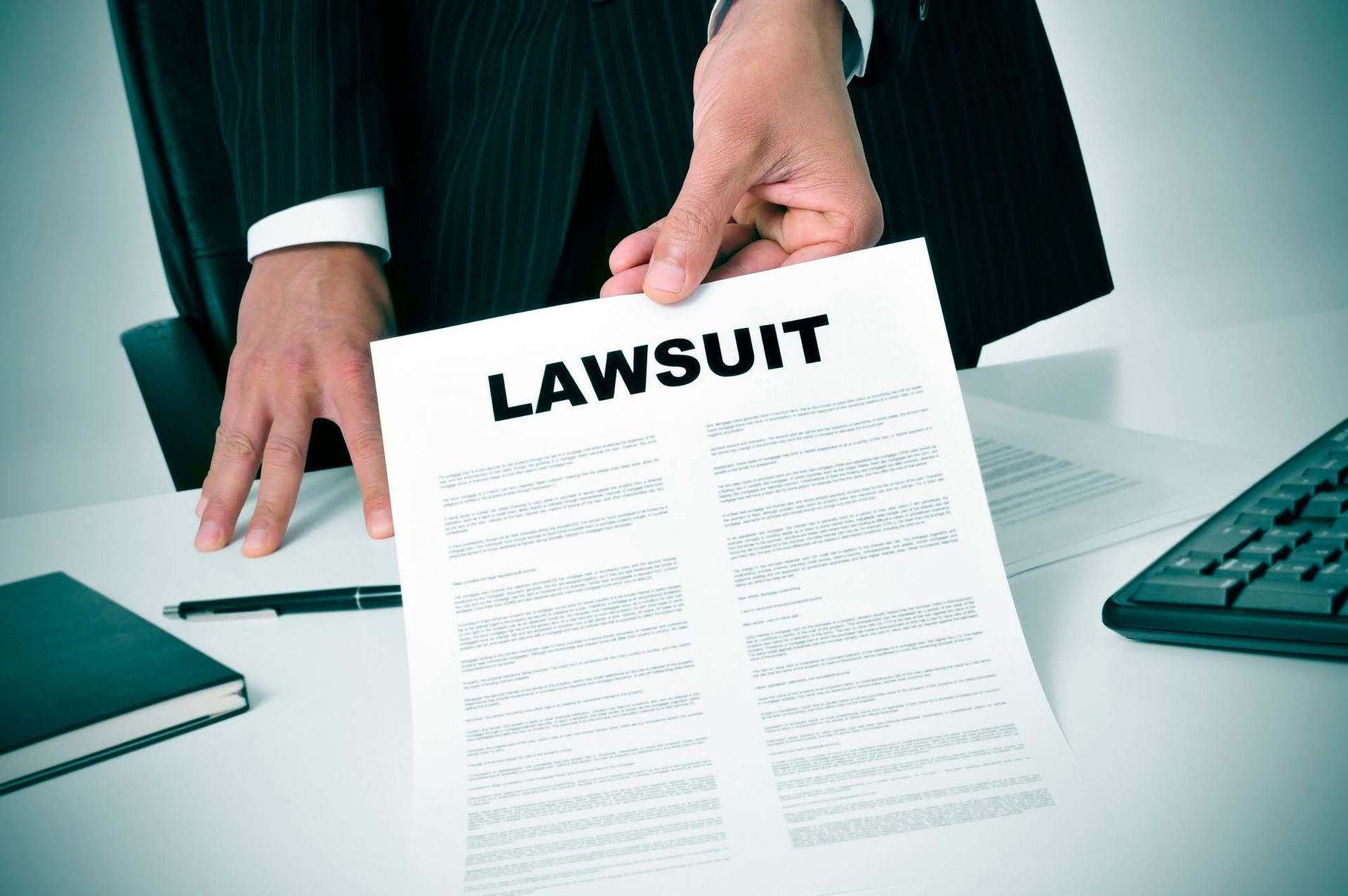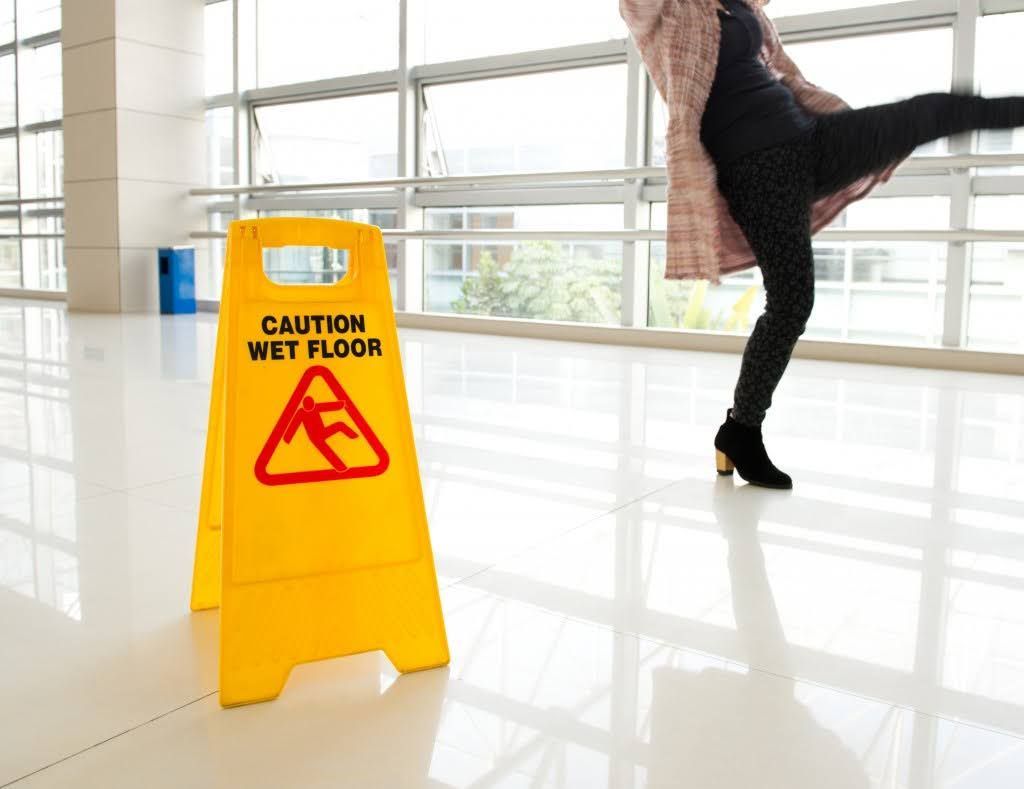Understanding Product Defects And Negligence Lawsuits

As consumers, we expect the products we use to be safe and functional. Unfortunately, that is not always the case. When a product is defective, it can result in serious harm to users, leading to a potential lawsuit. In this blog post, we will explore the most common types of negligence that can lead to litigation.
Design Defects
These types of product defects occur during the initial design phase of a product when an error is made that makes the item dangerous or unusable. For example, the design of a car may be flawed, making it more prone to rolling over or causing accidents. If this defect in the product causes injury, a manufacturer may be held liable for damages, including medical expenses, pain and suffering, lost wages, and other related costs.
Manufacturing Defects
Manufacturing errors occur during the production of a product and may be limited to a specific batch of goods. These defects can happen due to negligence or equipment failure. For instance, a manufacturing defect, such as a flaw in the design or an error in the production process, may cause a product to malfunction. This malfunction can potentially result in an injury or illness to the user, jeopardizing their well-being and safety. It is crucial for manufacturers to ensure rigorous quality control measures to prevent such defects and safeguard the consumers' health and welfare.
Marketing Defects
These types of defects occur during the marketing or selling stage of a product. A marketing defect can occur in the form of incorrect labeling, insufficient instructions, or inadequate warnings. For instance, a company may advertise the use of the product in an unsafe way.
Failure to Warn Defects
This type of defect concerns a manufacturer's failure to warn customers about potential risks associated with using their product. This type of defect is closely related to marketing defects. For example, a company may fail to provide adequate instructions on how to use a product safely, leading to severe injury.
Breach of Warranty
Manufacturers are required to adhere to certain warranties or guarantees, either expressed or implied, that their products meet certain standards. If a product does not meet these standards, a manufacturer may be in breach of warranty.
Negligence in Product Liability Cases
In addition to the above types of defects, negligence on the part of a manufacturer can also lead to product liability lawsuits. Negligence occurs when a company fails to exercise reasonable care in designing, manufacturing, or marketing its products. This could include cutting corners during production, failing to test products for safety properly, or ignoring known risks associated with a product. If a consumer is harmed due to this negligence, they may have grounds for a lawsuit.
In order to protect consumers and hold manufacturers accountable for their actions, product liability laws exist to provide legal recourse for those who have been injured by a defective product. It's essential for consumers to be aware of these different types of defects and their rights in case they encounter a faulty product.
Product defects can cause serious harm to consumers and lead to lawsuits. As a consumer, it's essential to be aware of the different types of defects that can occur. Companies must take responsibility for their products and ensure that they are safe for consumers to use.
As consumers, we are responsible for staying informed and holding companies accountable for their actions. Together, we can make a difference in ensuring the safety of all consumers. So next time you encounter a defective product, remember your rights and don't hesitate to seek justice. Always stand up for your safety and the safety of others. Contact Higinbotham & Higinbotham, PLLC to start building your case today.









